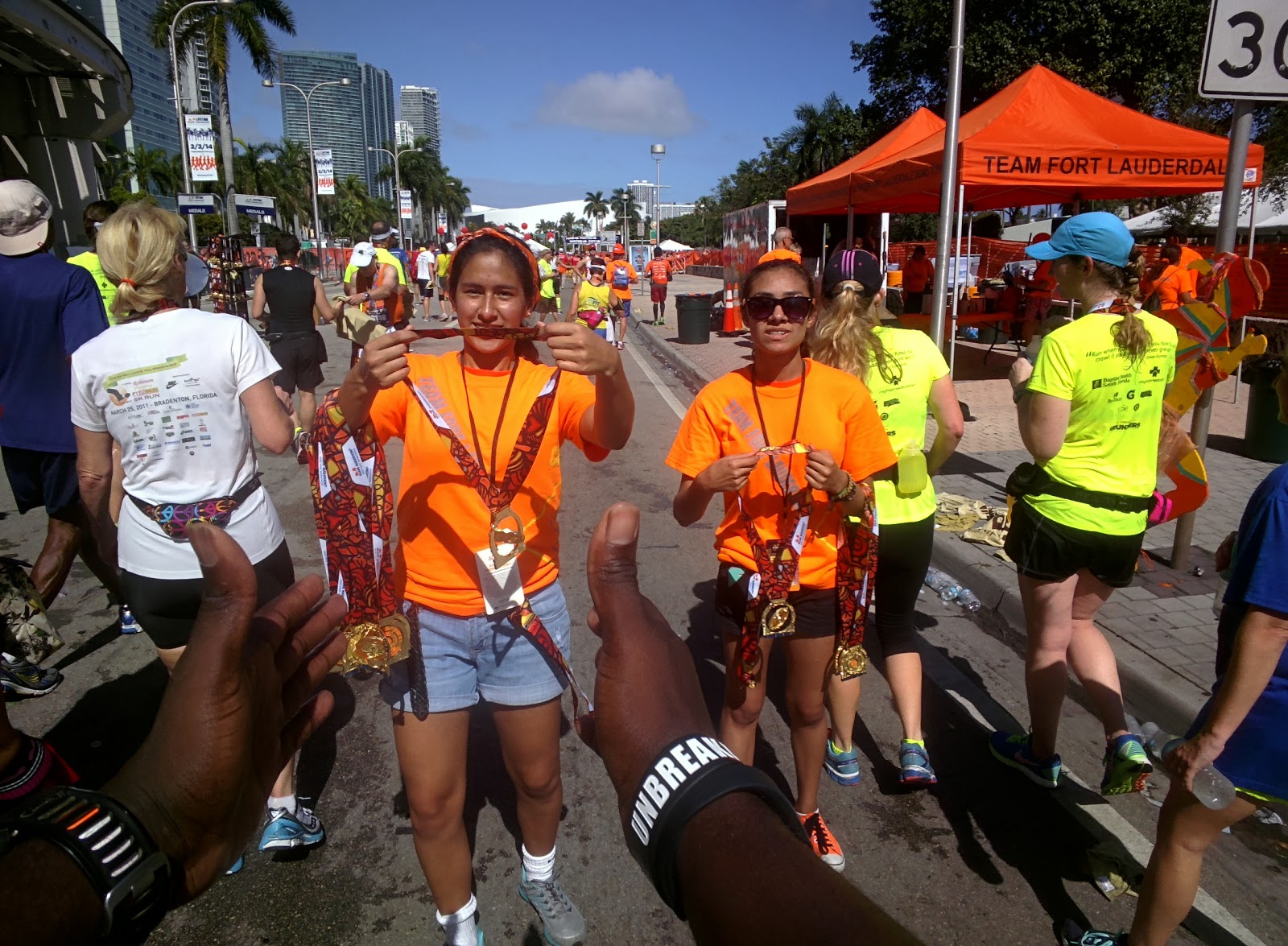A year ago today I got my invite to become an explorer. I had no idea where that journey would lead but I had no doubt in my mind that I wanted to go on that journey. Today I'm proud to say I have no regrets.
It is quite convenient that on this anniversary Google is inviting anyone who is curious about the explorer program to have a go. Personally, I think those who already wanted to purchase Glass, already own it but as one of the first explorers, I think it's responsible for me to share some thoughts that may help you decide if you are on the fence.
Glass in my life
I wear Glass at least once a day at a minimum of 2 hours if not more. I'm primarily testing my app or walking my dog, or demoing for random strangers. In the year that I've owned Glass, I have had no bad experiences, just the occasional "are you recording me?" or "one of those Google Glass guys", there was also one occasion when a passenger aboard a plane shielded his face as I walked past. Outside of that, smooth sailing, people love Glass whether I'm in Berlin, Miami, Pamplona, Arlington, London, North Carolina even in San Fransisco I haven't had terrible experiences.
Glass is also relevant in my professional life, my +LynxFit team and I are building what we think is an innovative way to stay healthy, and I have certainly already made my return on my Glass investment a dozen times over.
Finally, since acquiring this device, I've certainly explored my world, in a weird way, it's actually encouraged me to get outside more. Some highlights #throughglass
- Flying a helicopter #throughglass
- Dunking through the lens of Google Glass
- Churros #throughglass, because delicious
- Don't taunt the bulls at San Fermin
- Riding home from work #throughglass
- Tesla Model S Test Drive #ThroughGlass
- Sookie Through Glass
Why should you get glass? I get this question a lot and I always answer it the same way, if you fall into 2 of these 3 categories then consider it. Get glass if you are:
- a developer or a business with plans to build something innovative.
- a technophile or an enthusiast of wearable technologies and wants to be on the cutting edge of technology.
- financially sound and don't mind spending a lot of money on a beta product.
#askanexplorer
See also Business Insiders "4 types of people who should buy Glass" http://www.businessinsider.com/4-types-of-people-who-should-buy-google-glass-2014-4





















